jocose
TPF Noob!
- Joined
- Sep 16, 2005
- Messages
- 3,059
- Reaction score
- 118
- Location
- dans la pissoir
- Website
- www.musingsofjocose.com
- Can others edit my Photos
- Photos NOT OK to edit
JonK said:and it only took 29 posts hehe(Y)
erm...yea...not really...I was just talking about your racking joke...I still don't get the extension tubes

Seriously, though, for a second...without the tubes, the lower the F number (so higher the stop, right?) the shallower (more out of focus) the DOF. That is, (again, without the tubes), my 50mm at f/1.8 will make the background very blurry, while at f/22 everything will be sharp (relatively speaking of course)...right? So, does this still hold true with the tubes on? that is why you said to use my smallest appreture, right?
OK, I think I got, I really got...the rain in spain.... Oh, sorry....



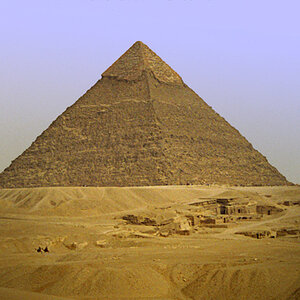
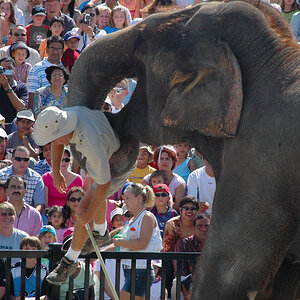
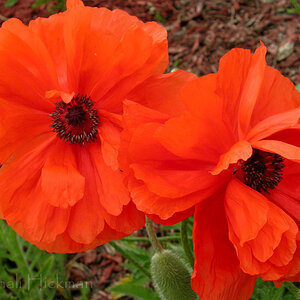
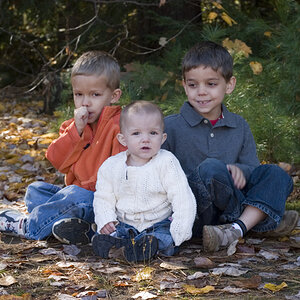
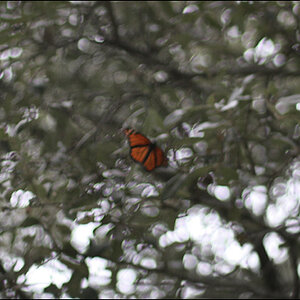
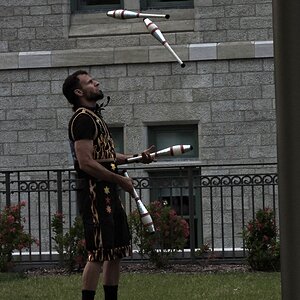
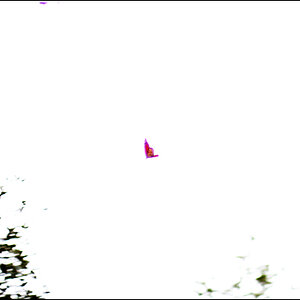
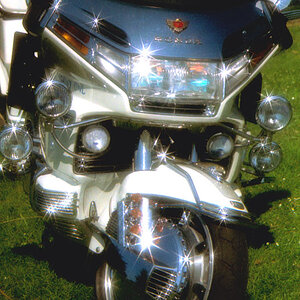

![[No title]](/data/xfmg/thumbnail/35/35968-01893eeb6a205c00827118fe5bb79703.jpg?1619737286)